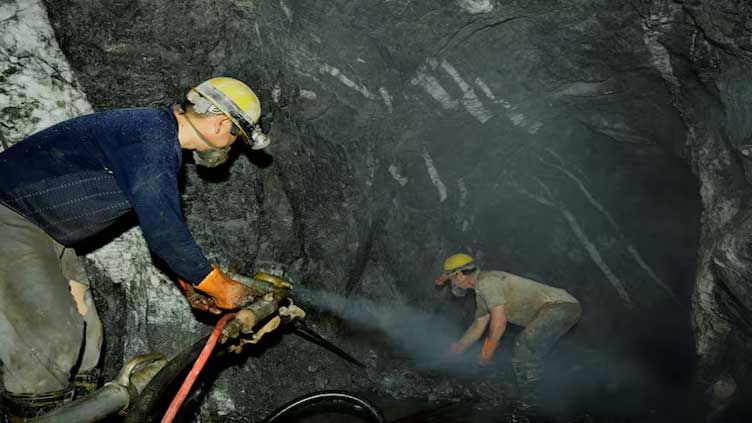What are the five critical metal exports restricted by China?

Business
What are the five critical metal exports restricted by China?
(Reuters) - China announced export controls on Tuesday targeting five metals used across defence, clean energy and other industries minutes after an additional 10% tariff on Chinese goods imposed by U.S. President Donald Trump came into effect.
Here is what you need to know about these metals:
TUNGSTEN
Tungsten is an ultra-hard metal, in terms of strength outdone only by diamonds, and is primarily used in the production of goods including artillery shells, armour plating and cutting tools.
Approximately 60% of its U.S. consumption goes to making tungsten carbide, a highly durable material widely used across construction, metalworking, and oil and gas drilling.
Like many other critical minerals, China dominates the production and export of tungsten and will produce just over 80% of global supply in 2023.
Based on analysis by UK-based consultancy Project Blue, China supplies 30% of the ex-China market, mostly in the form of powders for tooling applications.
Other producers include Vietnam, Russia, South Korea, and Spain.
Tungsten has not been mined commercially in the United States since 2015, according to the U.S. Geological Survey (USGS).
China restricted eight types of tungsten products and the methods to make them.
INDIUM
Indium is a vital part of phone screens and TV displays via a refined product called indium tin oxide. A separate indium product is also used in fibre-optic technology.
A 10% tariff on all Chinese imports going to the US kicked in one minute past midnight Eastern time and Beijing hit back immediately with a 15% duty on US coal and LNG and 10% for crude oil, farm equipment, and trucks.
The expansion of fifth-generation (5G) cellular networks has led to greater demand for indium.
As with tungsten, China is the leading producer, accounting for 70% of the global total, according to the USGS. As of September 2024, a quarter of U.S. indium imports came from China.
Other major buyers from China include Japan and South Korea, according to Project Blue.
China's new restrictions target three indium-related products and the technology to make them.
BISMUTH
Bismuth is used in solders, alloys, metallurgical additives, medications and atomic research.
The United States ceased production of primary refined bismuth in 1997 and is highly import-reliant, according to USGS.
China produced over 80% of the world's roughly 13,000 tons of bismuth last year, data from USGS also showed.
South Korea and Laos are other major producers.
China restricted bismuth and various compounds containing bismuth.
TELLURIUM
Tellurium, usually a byproduct of copper refining, is used across metallurgy, solar panels, memory chips and other products.
China produced about three-quarters of the world's refined tellurium in 2024, according to USGS.
While the United States has two refineries that produce the precursor, copper telluride, it is then shipped overseas for further processing, according to the USGS. Most products using tellurium relied on imports of the metal.
China restricted tellurium exports and various compounds containing tellurium.
MOLYBDENUM
Molybdenum is primarily used to strengthen and harden steel alloys, making them more resistant to heat and corrosion. It is also used in lubricants, pigments, and as a catalyst in the petroleum industry.
China accounted for about 40% of global production, versus 12% for the United States in 2024, according to USGS.
However, the new restrictions apply specifically to the export of certain molybdenum powders used to make missile parts. China shipped 287 tons of the powder in question last year, about half going to Japan, customs data showed.


